$179.97 Original price was: $179.97.$97.99Current price is: $97.99.
SKU: D2LSC 4878790287 Categories: NATIVE PLANTS, PLANTS & TREES
- Safe Transactions, Always
- Effortless Shopping, Quality Products
- Safe Payments, the Smart Choice
- Easy, Fast Returns Guarantee

‘Rotstrahlbusch’ Red Switch Grass
Panicum virgatum ‘Rotstrahlbusch’
Plant Details
USDA Plant Hardiness Zones: 4a-9b Find Your Zone
Plant Type: Ornamental Grass
Height at Maturity: 4 to 5′
Width at Maturity: 3 to 5′
Spacing: 3′ for mass plantings, 7′ or more for space between plants
Spacing: 3′ for mass plantings, 7′ or more for space between plants
Growth Habit / Form: Clumping, Grassy, Upright, Vertical, Narrow
Growth Rate: Moderate to Fast
Flower Color: Red to Pink tinged
Flower Size: Small in airy clouds
Flowering Period: Mid Summer to Winter
Flower Type: Airy Cloud-like Panicles
Fragrant Flowers: No
Foliage Color: Green tinged with Red tips turning Deep Red in Fall and Tan in Winter
Fragrant Foliage: No
Berries: No
Berry Color: na
Sun Needs: Full to Mostly Sun
Water Needs: Average
Soil Type: Clay, Loam, Sandy, Silty
Soil Moisture / Drainage: Moist But Well-Drained to Dry
Soil pH: 6.0 – 8.0
Maintenance / Care: Very Low
Attracts: Visual Attention, Birds
Resistances: Deer, Disease, Heat, Humidity, Insect, Rabbits, Wet Soil
Description
Translated, ‘Rotstrahlbusch’ means “red ray bush,” which describes it well. It is one of the best red-foliaged grasses for the landscape. Leaves emerge an attractive silver green in spring and gradually develop burgundy-red tips by summer. With the arrival of cooler temperatures in fall the entire plant turns to an excellent burgundy-red color. It’s sturdy stems grow in an upright, vertical, fine-textured clump to 5 feet tall in flower without flopping through the season or during winter. Stems typically retain vertical form without flopping throughout the growing season and into winter. Red-tinted, airy seed heads appear in mid summer persisting through fall. A fine selection for use as a specimen but also creates a bold statement in groupings and drifts. It is a great companion for fall-blooming perennials.
Landscape & Garden Uses
A very versatile grass, Rotstrahlbusch Red Switch Grass is a compact selection that is great for containers or as an accent, in groupings or natural hedge in the landscape. Looks especially nice in combination plantings with yellow, orange or white flowering shrubs, trees, perennials and other flowering plants. A fine addition to ornamental grass gardens, bird gardens, red theme gardens and native gardens.
Spacing: 3 feet apart for mass plantings; 7 feet or more for space between plants
How To Measure for Total Square Feet
How Many Plants to Fill a Planting Area
Growing Preferences
A North American native grass, Rotstrahlbusch Switch Grass is very easy to grow in a wide range of soil, even clay, sandy and dry soils. It doesn’t like an organically rich soil so there’s no need to add compost or humus to the native soil when planting. No need to feed it either. It looks and performs its best in full sun but will tolerate some light shade…but not too much or plants might become floppy. Maintenance is minimal. Cut clumps back to the ground in late winter before new growth begins to emerge.
Helpful Articles
Click on a link below to find helpful advice from our experts on how to plant, fertilize, prune and water Switch Grasses.
How To Plant And Care For Switch Grass Plants
How To Measure for Total Square Feet
How Many Plants to Fill a Planting Area
Plant Long & Prosper!
Meet The Wilson Brothers & Staff
Questions? Contact Us!
After having adopted puppies, I had to remove all of the existing shrubs from our yard, as they’re known to be toxic to dogs. I ordered 8 of these – they came in very carefully packed, the soil was moist and a few weeks later, they’re establishing well.———————————————————We are so glad you are pleased and we hope you enjoy them for years to come! Thanks for the kind words and great review! 🙂 Beth Steele | WBG
Be the first to review “Rotstrahlbusch Red Switch Grass (Panicum Virgatum) – 8 Pack Of 1 Gallon Pots” Cancel reply
Related products
Sale!
FRUIT TREES & PLANTS
Sale!
CRAPE MYRTLES
Sale!
PLANTS & TREES
Sale!
Sale!
PLANTS & TREES
Sale!
PLANTS & TREES
Variegated Pittosporum (Japanese Mock Orange) – 3 Gallon Pot
Sale!
Sale!
PLANTS & TREES


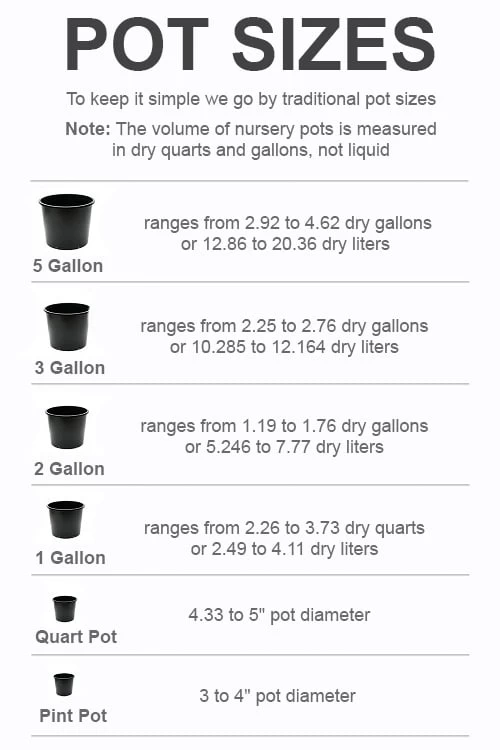

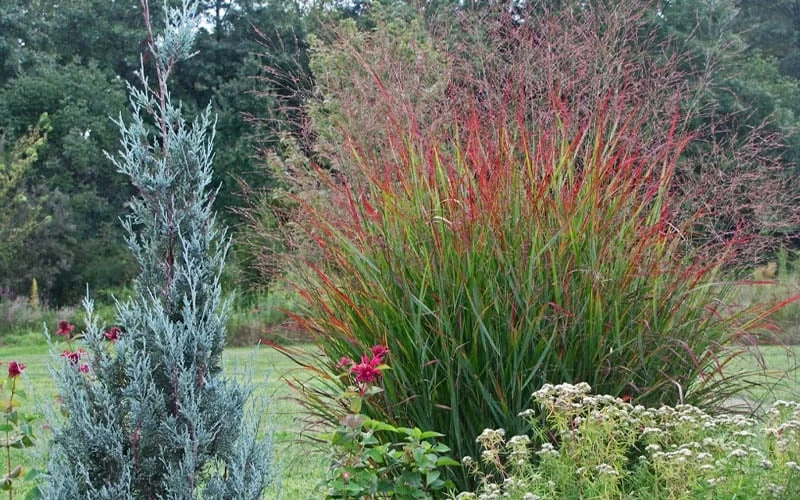
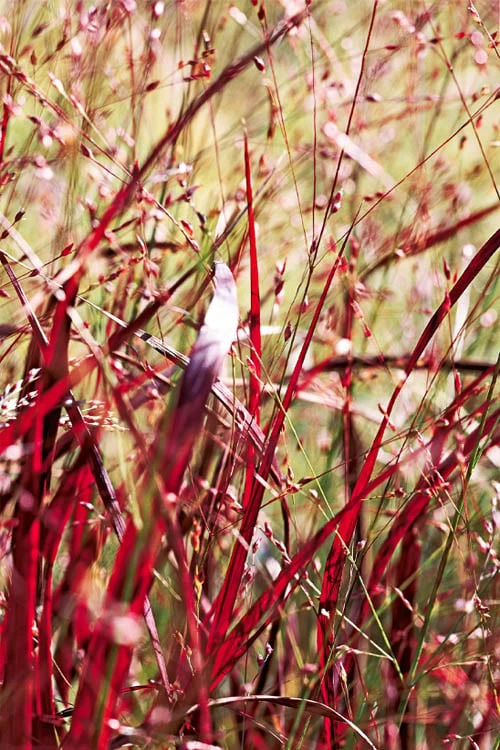


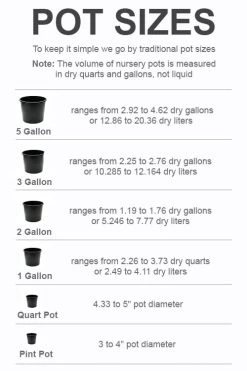
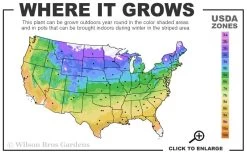



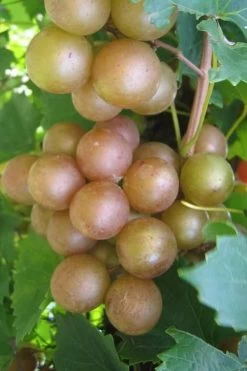
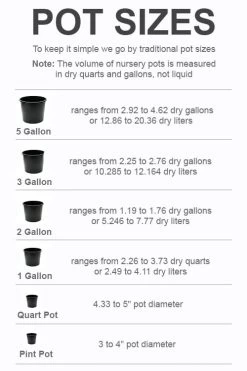
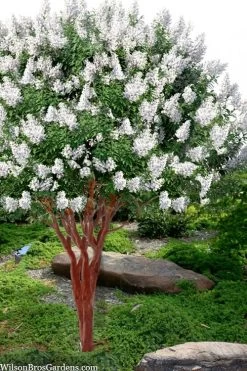
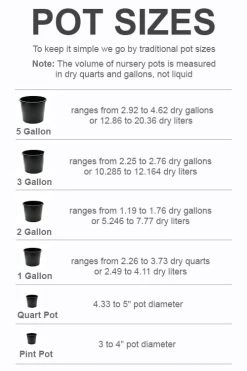
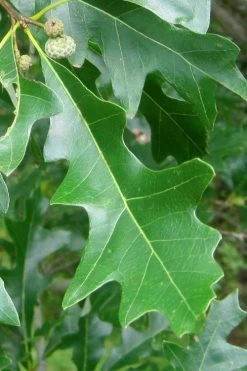
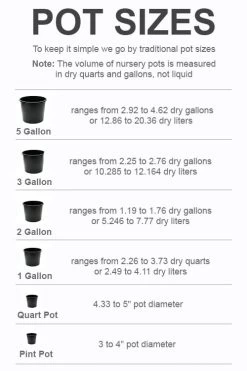
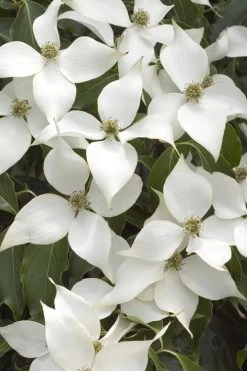
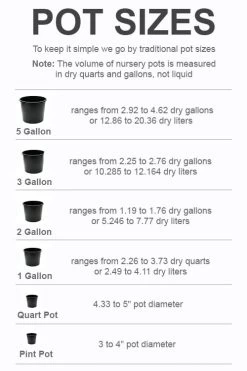

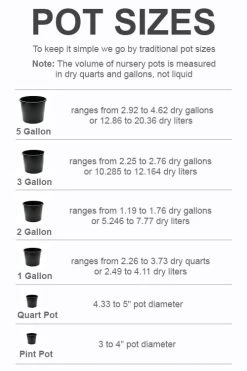
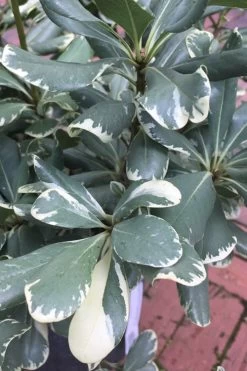
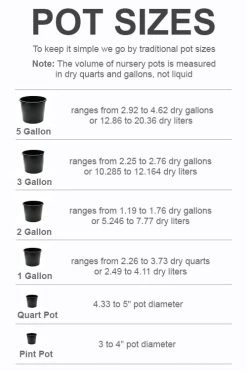
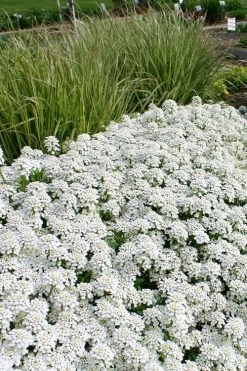
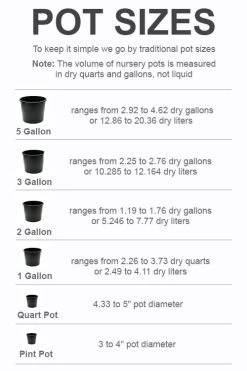
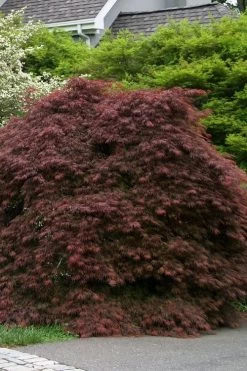
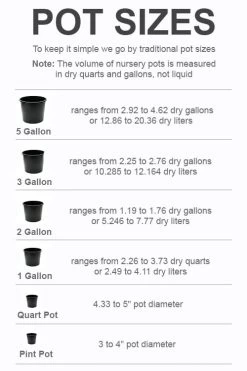
Reviews
There are no reviews yet.